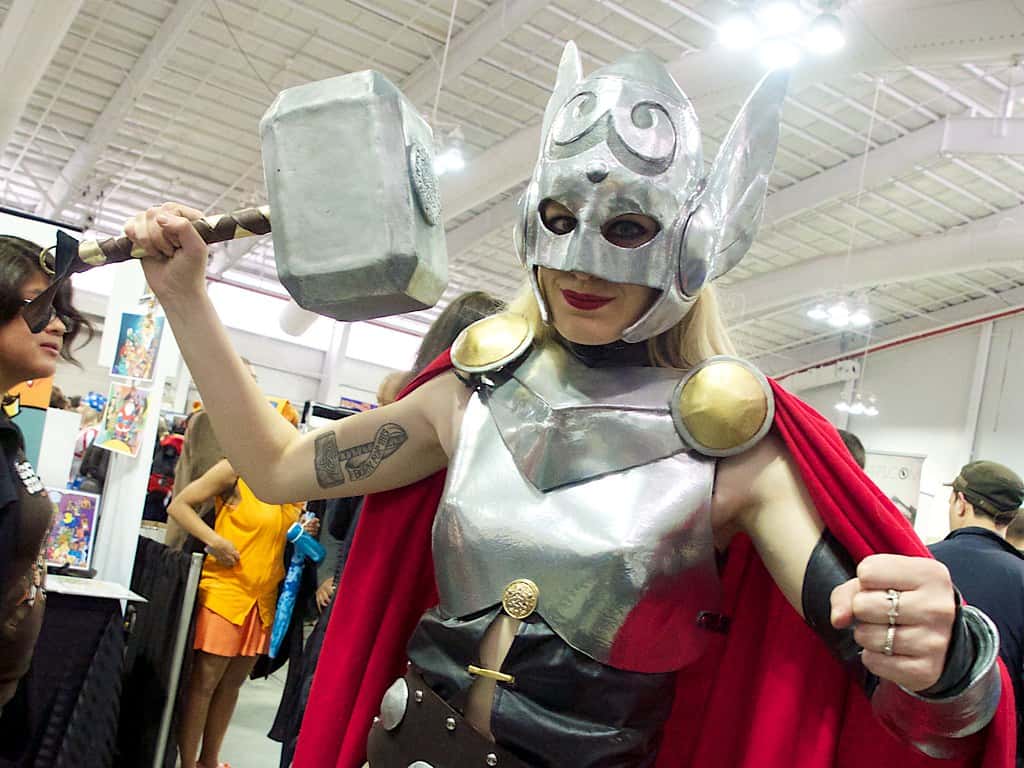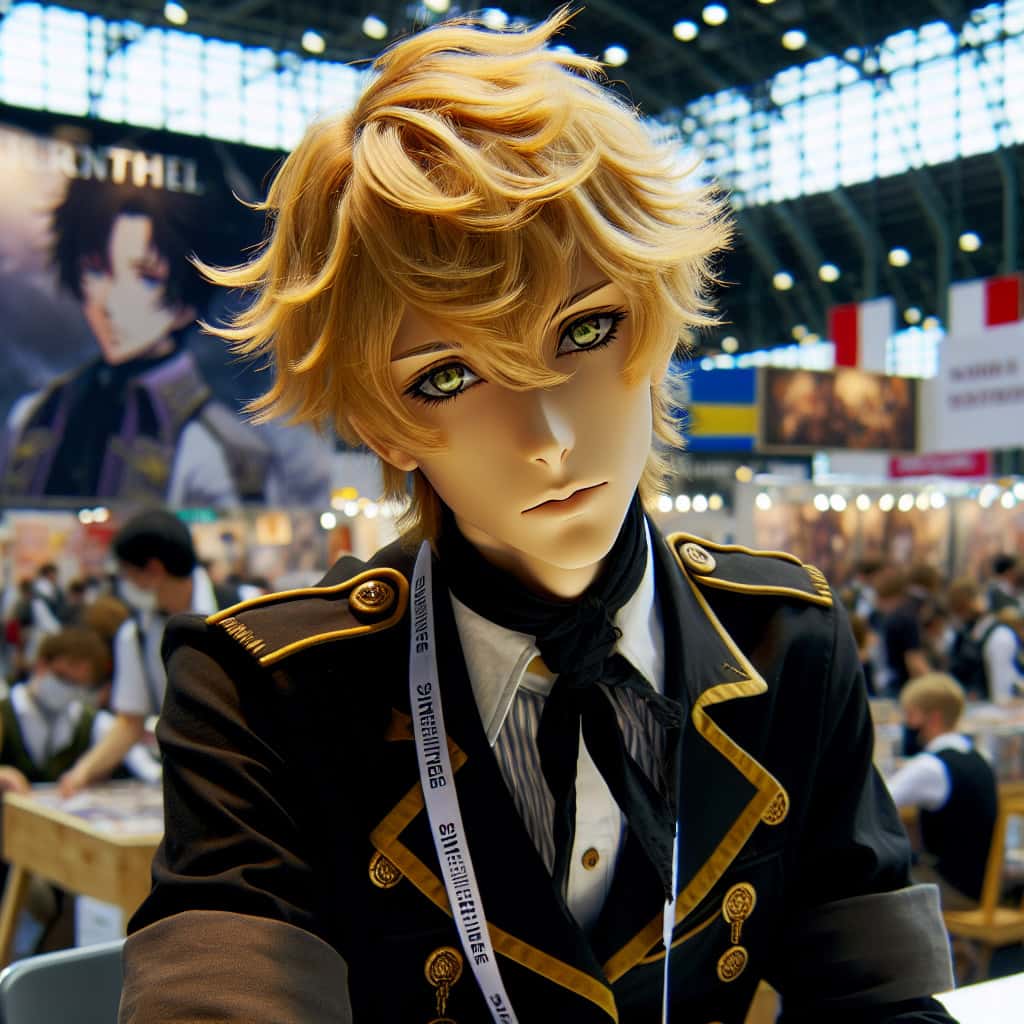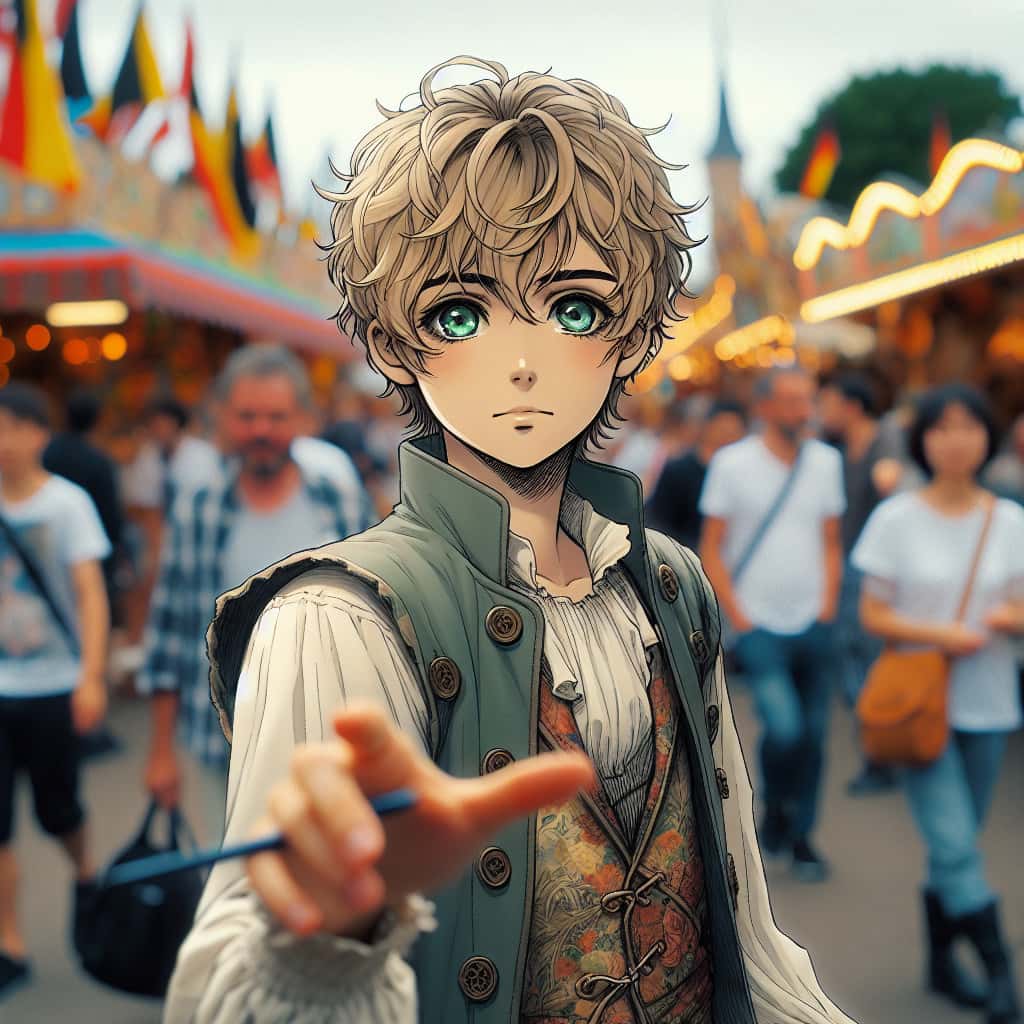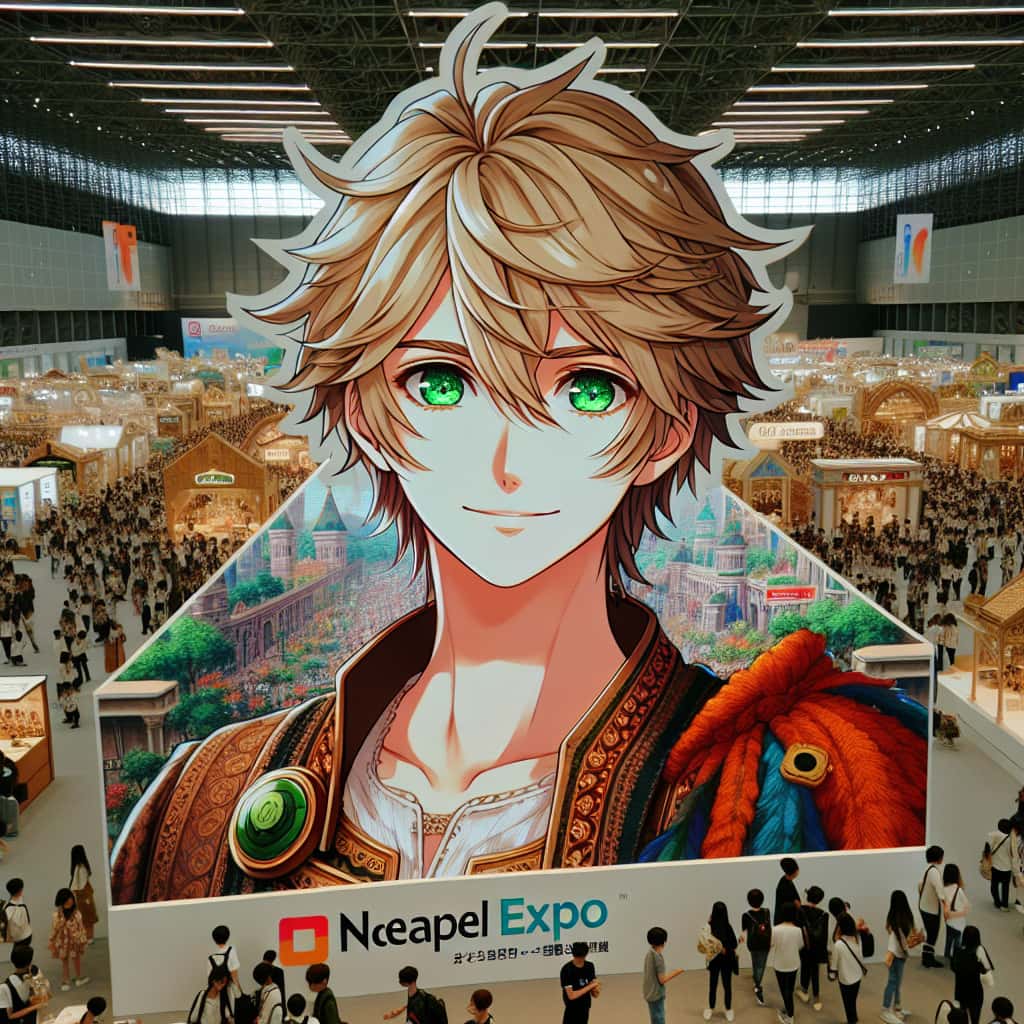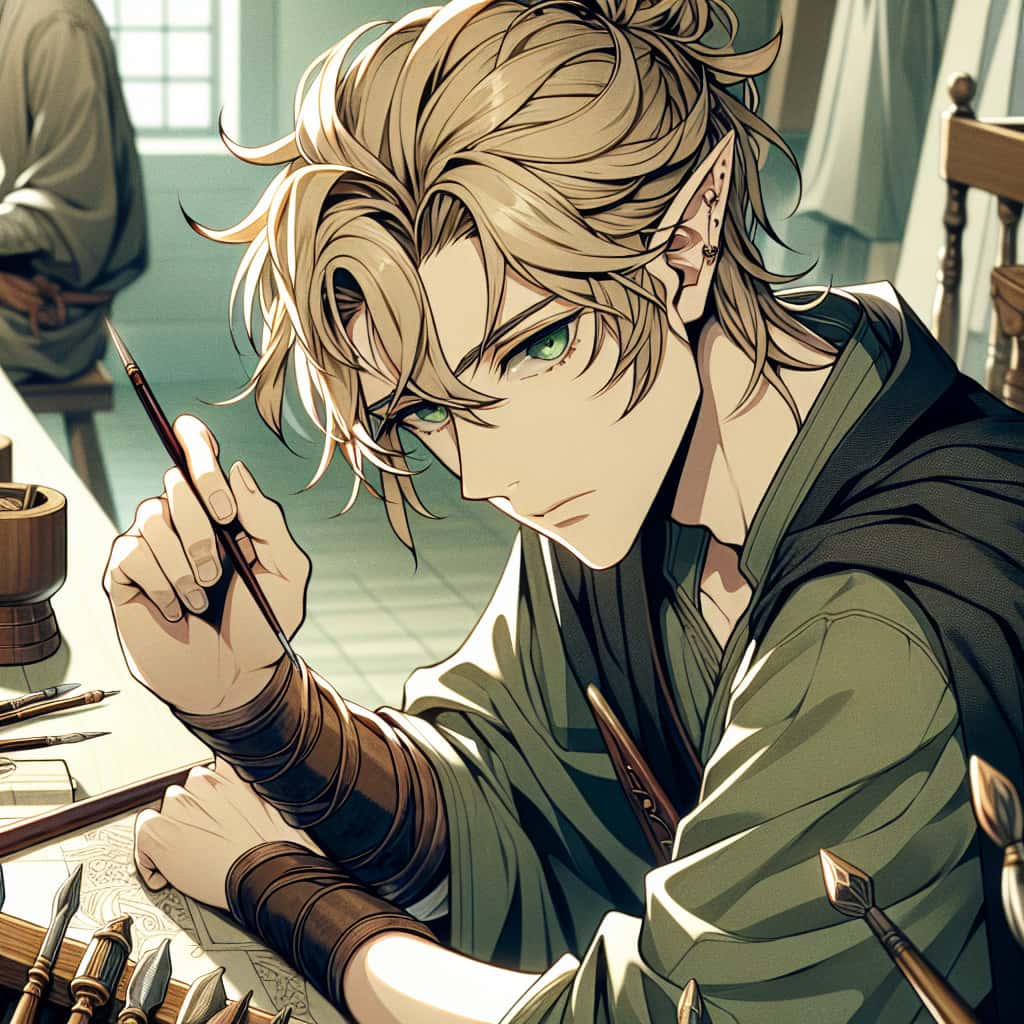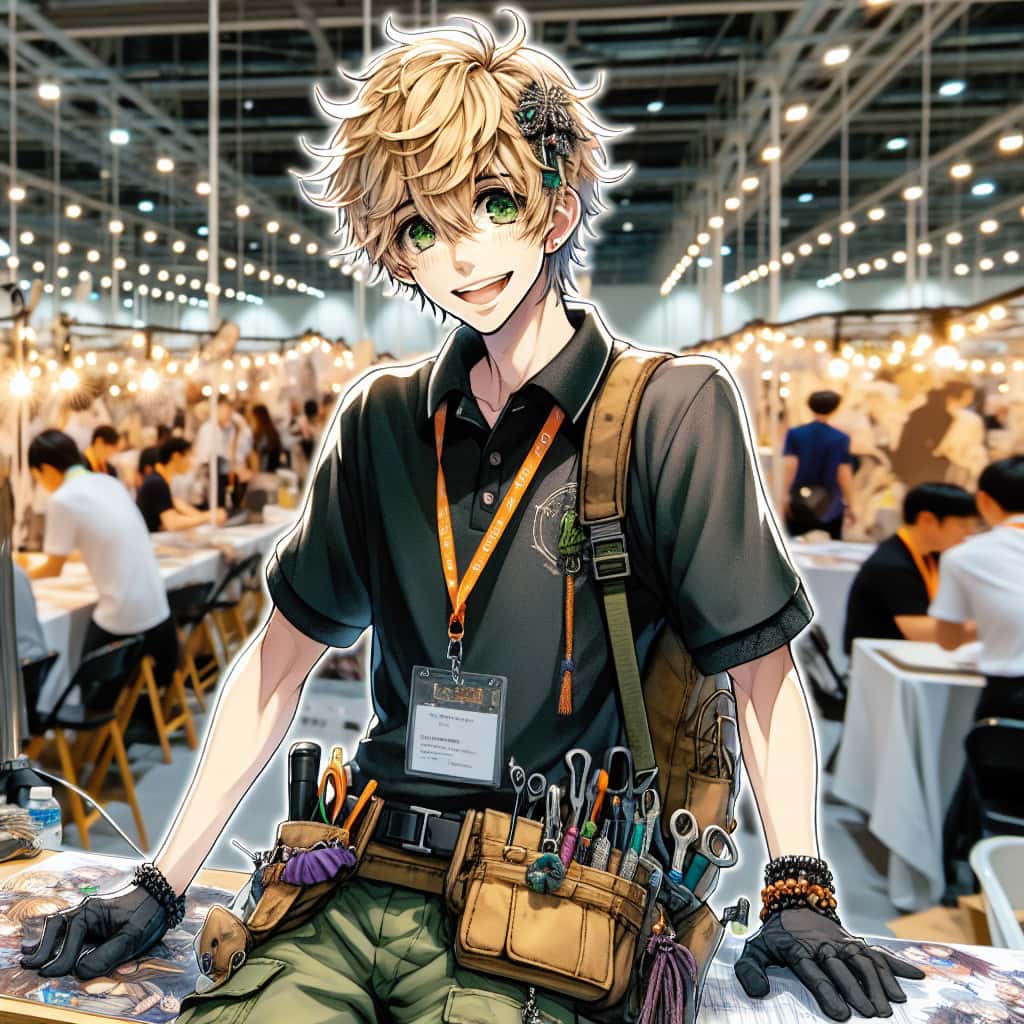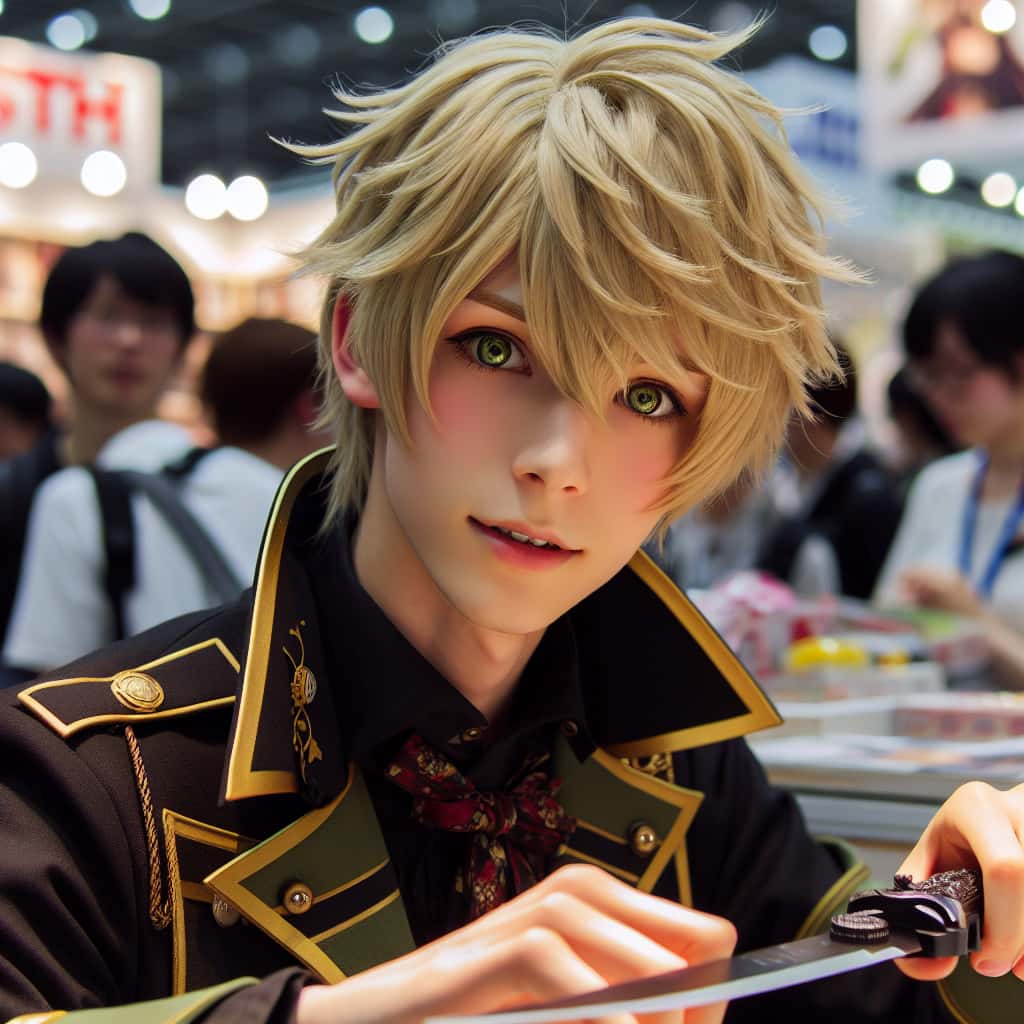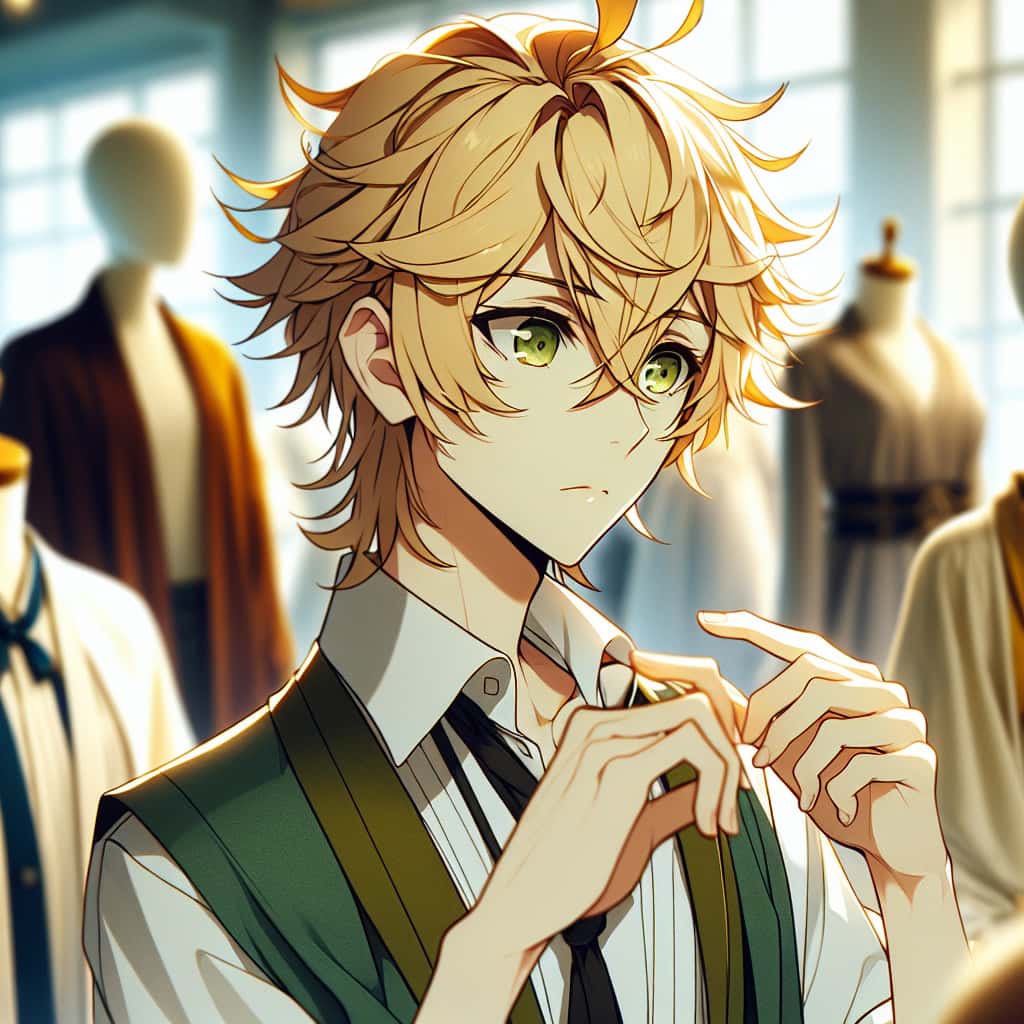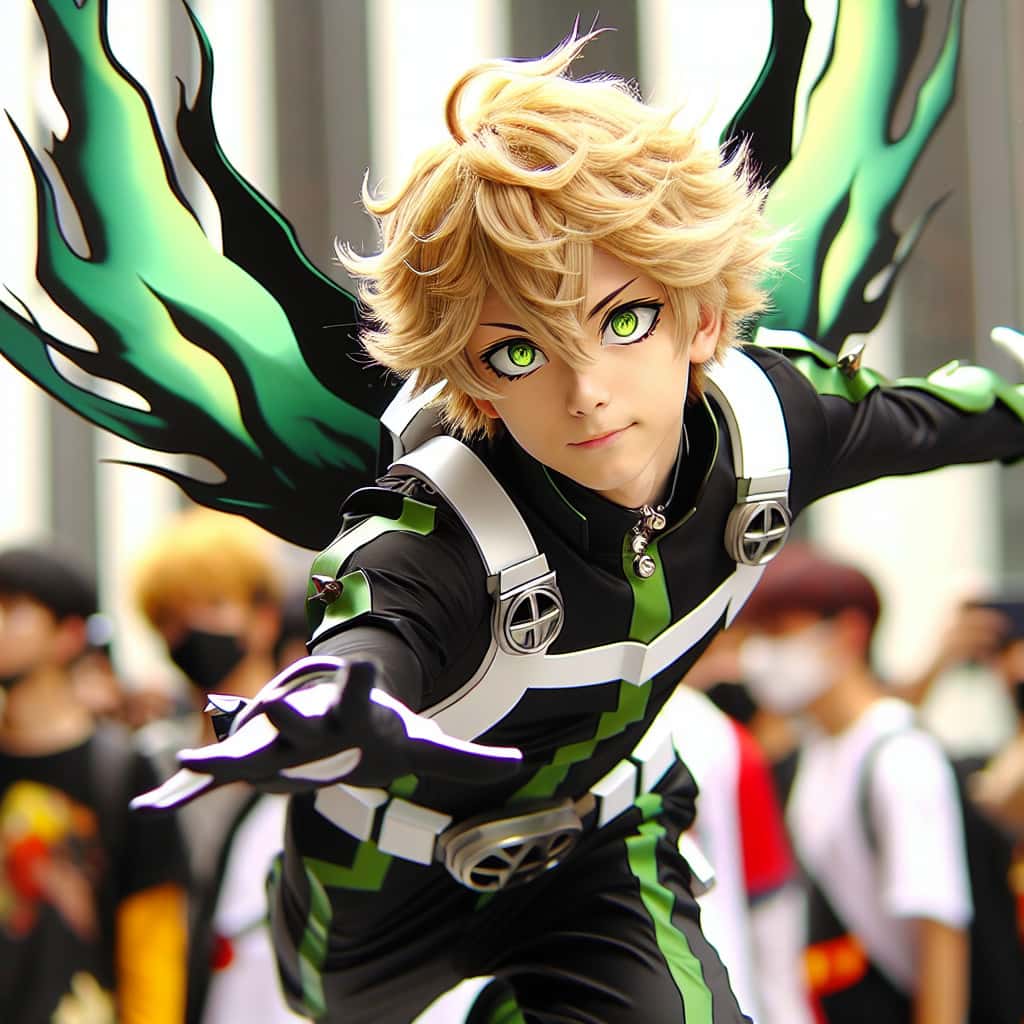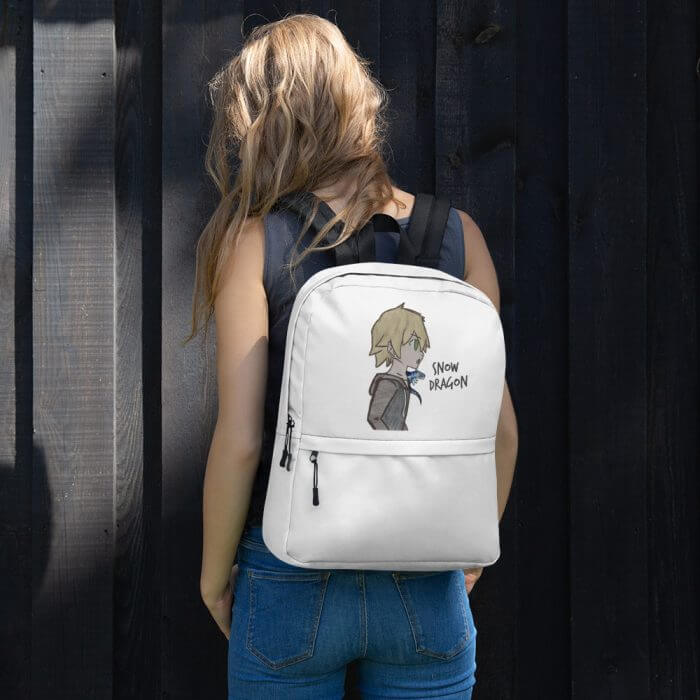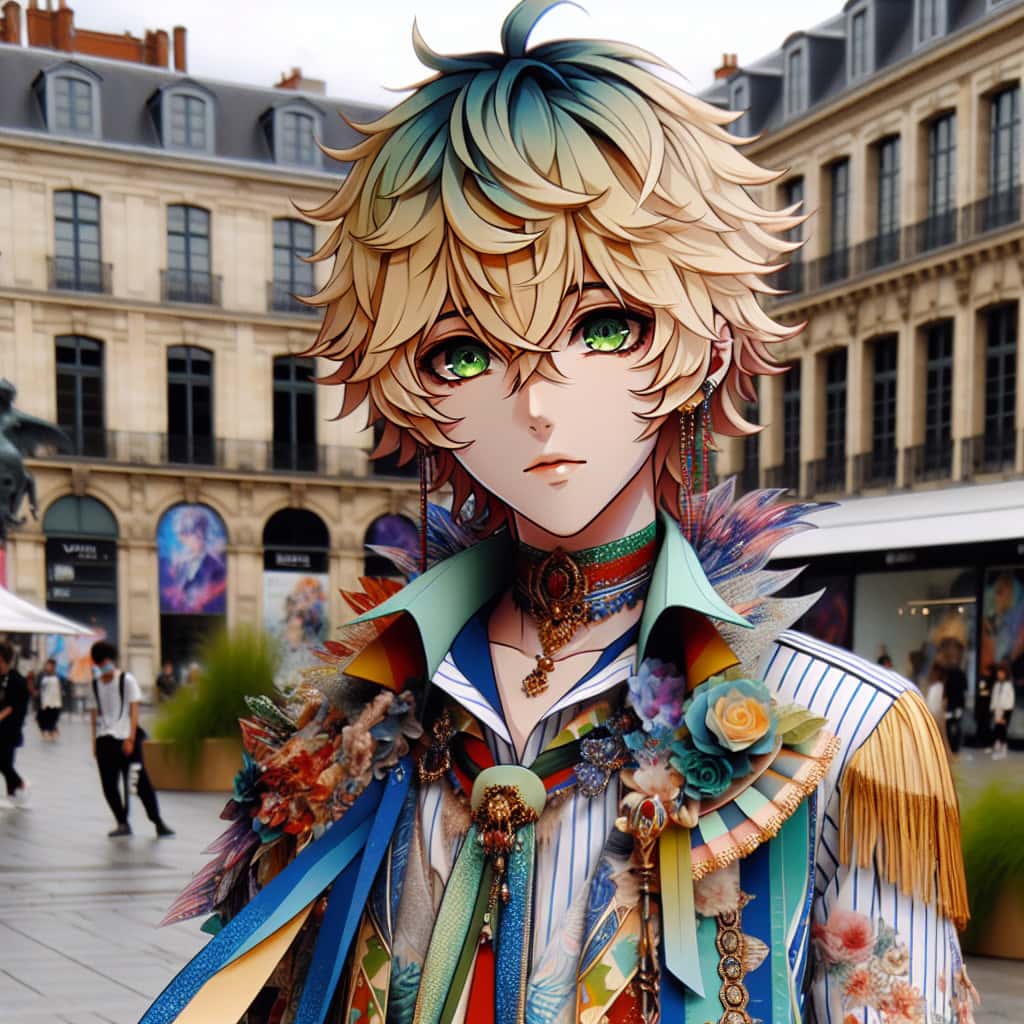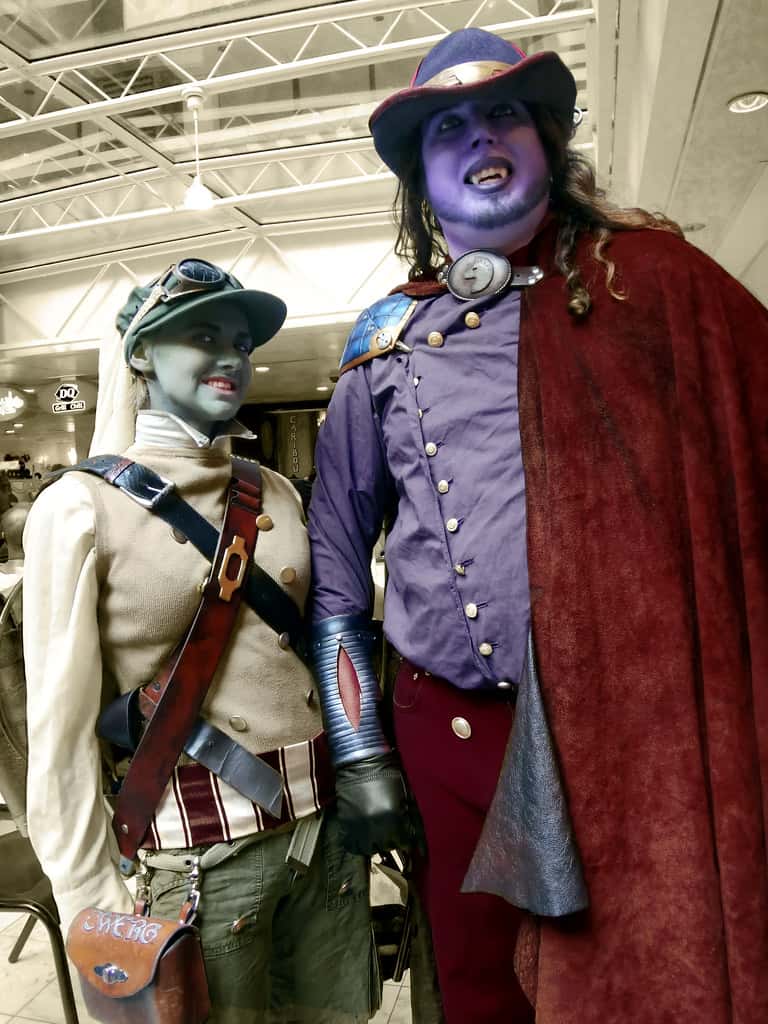
[Sassy_Follow_Icons]
1. The Origin of the Term “Cosplay”
The Birth of a Word
Have you ever wondered where the term “cosplay” actually came from? Well, let me enlighten you with a little history lesson. The word “cosplay” is actually a combination of two words: “costume” and “play”. It was coined by Nobuyuki Takahashi, a Japanese reporter, in 1984. He was attending the World Science Fiction Convention in Los Angeles and wanted to come up with a catchy name for the costume-wearing phenomenon he witnessed there.
So, Takahashi took the English words “costume” and “play” and mashed them together to create the term we all know and love today – cosplay! Little did he know that this word would go on to become a global phenomenon, bringing together people from all walks of life who share a love for dressing up as their favorite characters.
2. When Costumes Became Known as “Cosplays”
A New Name for an Old Tradition
Back in the day, before cosplay became a widely recognized term, people simply referred to their costumes as…well, costumes. There wasn’t anything particularly special about it – just your average Halloween get-up or theater attire.
[publishpress_authors_box layout="ppma_boxes_890427"]
But then along came cosplay, and suddenly wearing a costume took on a whole new meaning. It became more than just putting on fancy clothes; it became an art form, a way to express oneself creatively and pay homage to beloved characters from movies, anime, video games, and more.
Nowadays, when someone says they’re going to wear a cosplay to an event or convention, you know they’re not just throwing on any old costume – they’re putting their heart and soul into creating a truly epic and authentic representation of their favorite character.
3. The Significance of Calling it a “Cosplay” Instead of Just a Costume
A Name that Holds Power
Calling it a cosplay instead of just a costume may seem like a small distinction, but in the world of fandom, it holds great significance. When you refer to your creation as a cosplay, you’re acknowledging the time, effort, and dedication that went into bringing that character to life.
It’s not just about wearing clothes; it’s about embodying a character – becoming them for a brief moment in time. By using the term cosplay, we elevate our creations from mere costumes to works of art that deserve recognition and admiration.
So the next time someone asks you what you’re wearing to that convention or event, proudly proclaim that you’ll be donning your finest cosplay. Trust me, it adds an extra layer of awesomeness to the whole experience.
4. Specific Terms Used by Cosplayers for Different Types of Costumes
A Vocabulary Fit for Cosplay Royalty
The world of cosplay has its own unique vocabulary filled with terms used to describe different types of costumes. Here are some common ones you might come across:
– Casual Cosplay:
- This is when cosplayers create everyday outfits inspired by their favorite characters. It’s perfect for those who want to show off their love for a character in a more subtle way.
– Crossplay:
- Crossplay refers to cosplaying as a character of the opposite gender. It takes skill and attention to detail to pull off convincingly!
– Armor Cosplay:
- Armor cosplay involves creating intricate and often heavy armor pieces to portray characters from fantasy or sci-fi genres. It’s not for the faint of heart!
– Gijinka:
- Gijinka is a term used to describe cosplays where characters are transformed into human-like versions. It’s a creative way to bring non-human characters to life.
These are just a few examples, but the world of cosplay is vast, and there are countless other terms to explore. So, whether you’re a casual cosplayer or an armor-wielding warrior, there’s a term out there that perfectly describes your unique style.
5. How Cosplayers Choose Names for Their Characters or Costumes
The Name Game: Choosing the Perfect Moniker
When it comes to naming our characters or costumes, cosplayers put as much thought and creativity into it as they do in crafting their outfits. Here are some strategies we use to choose the perfect name:
– Staying True to the Source Material:
- If we’re cosplaying as an existing character from a movie, anime, or video game, we usually stick with their original name. After all, why mess with perfection?
– Adding a Twist:
- Sometimes, we like to put our own spin on things by adding a unique element to the character’s name. It could be a pun, wordplay, or even combining elements of different names together.
– Creating Original Characters:
- Many cosplayers also enjoy designing their own original characters. In this case, we get to flex our creative muscles and come up with names that reflect the character’s personality, backstory, or powers.
Ultimately, the name we choose for our character or costume is a reflection of our creativity and passion for the craft. It’s an opportunity to make our mark in the cosplay world and leave a lasting impression on fellow cosplayers and fans.
6. Traditional Names and Categories in Cosplay Naming
Ancient Traditions in Modern Cosplay
In the world of cosplay, there are some traditional naming conventions that have been passed down through generations of cosplayers. These categories help us categorize and identify different types of costumes:
– Schoolgirl/Boy:
- This category includes costumes inspired by school uniforms from various anime or manga series. It’s a classic choice for many cosplayers who want to pay homage to their favorite characters.
– Lolita:
- Lolita fashion originated in Japan and has become popular worldwide. It features frilly dresses, petticoats, and Victorian-inspired accessories. Cosplays within this category often draw inspiration from Gothic Lolita, Sweet Lolita, or other substyles.
– Mecha:
- Mecha cosplays involve recreating giant robots or mechanical suits from anime or video games. These costumes often require advanced crafting skills and can be quite elaborate.
– Magical Girl/Boy:
- This category encompasses costumes inspired by magical girl or boy anime series like Sailor Moon or Cardcaptor Sakura. These cosplays usually feature cute outfits with magical accessories.
These traditional categories provide a framework for cosplayers to explore different styles and themes within the cosplay community. They allow us to connect with fellow enthusiasts who share our love for specific genres or aesthetics.
7. Original Names vs Existing Character Names in Cosplay
To Be or Not to Be…Original
When it comes to naming our costumes, cosplayers often find themselves faced with a choice – do we stick with the existing character’s name or come up with something entirely original? It’s a decision that can have both personal and practical implications:
– Existing Character Names:
- Using the original character’s name is a way of paying homage to the source material. It shows our dedication and love for the character we’re portraying.
- It also makes it easier for other fans and cosplayers to identify and connect with our costume, as they’ll recognize the name from the series.
– Original Names:
- Coming up with an original name allows us to put our own unique stamp on the character. We can add depth, backstory, or personality traits that may not be present in the original source material.
- It also gives us more creative freedom and allows us to take ownership of our creation.
In the end, whether we choose an existing character name or an original one, what matters most is that we feel connected to our costume and proud of what we’ve created. After all, cosplay is about self-expression and having fun!
8. Rules and Guidelines for Naming Costumes in the Cosplay Community
The Unwritten Laws of Costume Naming
In the vast and diverse cosplay community, there aren’t any strict rules or guidelines when it comes to naming costumes. However, there are some unwritten laws that most cosplayers tend to follow:
– Accuracy:
- When naming a costume, it’s important to consider the accuracy of the character representation. The name should reflect the character’s personality, backstory, or design elements.
– Respect for Source Material:
- Cosplayers generally strive to respect and honor the original source material. This includes using existing character names whenever possible and avoiding offensive or inappropriate names.
– Creativity:
- Cosplay is all about creativity and self-expression. When naming a costume, cosplayers often aim to come up with unique and memorable names that capture the essence of their creation.
While these guidelines may not be set in stone, they help maintain a sense of cohesion and respect within the cosplay community. After all, we’re all here because we share a love for bringing our favorite characters to life!
9. Importance of Accurately Representing Characters with Cosplay Names
A Name that Speaks Volumes
Choosing an accurate name for our cosplay is crucial in accurately representing the character we’re portraying. It sets expectations for those who see our costume and helps them connect with the character on a deeper level.
Imagine you’re at a convention, and you spot someone dressed as your all-time favorite character. You rush over to compliment them on their amazing cosplay but are met with confusion when they introduce themselves by an entirely different name.
The disconnect between the character’s name and the cosplayer’s chosen name can be jarring and may even detract from the overall experience. That’s why many cosplayers strive to choose names that align with the character’s identity, ensuring a seamless connection between the costume and the source material.
So, next time you’re crafting your cosplay and pondering over a name, remember that accuracy is key. Choose a name that reflects the character’s essence and helps others instantly recognize who you’re portraying.
10. Creative Variations and Twists on Character Names in Cosplay
A Name by Any Other Variation
While accuracy is important when naming our cosplays, there’s also room for creative variations and twists on character names. These variations allow us to put our own unique spin on things and add an extra layer of creativity to our costumes:
– Puns and Wordplay:
- Cosplayers love a good pun or wordplay when it comes to naming their costumes. By incorporating elements of the character’s name or traits into clever wordplay, we create memorable monikers that make people smile.
– Mashups:
- Mashups involve combining elements of different characters or genres into one costume. The same concept can be applied to naming, where we blend parts of various names together to create something entirely new.
– Gender-Swapped Names:
- If we’re crossplaying or gender-swapping a character, we might tweak their name slightly to reflect the change. This adds an extra layer of creativity while still maintaining a connection to the original character.
Creative variations and twists on character names allow us to inject our own personality into our cosplays while still paying homage to the source material. It’s all about finding the perfect balance between accuracy and creativity.
11. Slang Terms and Abbreviations Used by Cosplayers for Their Costumes
The Language of Cosplay
The cosplay community has its own set of slang terms and abbreviations that are commonly used to refer to costumes. Here are a few examples:
– Closet Cosplay:
- Closet cosplay refers to creating a costume using items you already own, without having to make extensive modifications or purchase new materials.
– WIP:
- WIP stands for “work in progress” and is often used when sharing updates on the creation process of a costume.
– OC:
- OC stands for “original character” and refers to cosplays that are not based on existing characters from movies, anime, or other media.
– Gijinka:
- Gijinka is a term we discussed earlier, but it’s worth mentioning again. It refers to cosplays where characters are transformed into human-like versions.
These slang terms and abbreviations help us communicate more efficiently within the cosplay community. They’re like our secret language – understood only by those who share our passion for dressing up as our favorite characters
12. Distinguishing Between Multiple Versions of a Character’s Costume in Cosplay
Understanding the Importance of Accuracy
When it comes to cosplaying a specific character, accuracy is key for many cosplayers. However, some characters have multiple versions of their costumes throughout different adaptations, series, or story arcs. It is important for cosplayers to distinguish between these different versions in order to accurately represent the character they are portraying. This can involve researching the various iterations of the costume and understanding the differences in design, color palette, accessories, and overall aesthetic.
Researching and Analyzing Different Versions
To accurately distinguish between multiple versions of a character’s costume in cosplay, cosplayers often spend time researching and analyzing various sources such as comics, anime/manga adaptations, movies, video games, or official artwork. They may compare different designs side by side and take note of any noticeable differences or unique elements that set each version apart. This research helps them understand the evolution of the character’s costume and make informed decisions about which version they want to cosplay.
- Creating a Comparison Chart: Some cosplayers find it helpful to create a visual comparison chart that includes images and descriptions of each version’s distinctive features.
- Taking Note of Key Details: Cosplayers may focus on specific details like variations in color scheme, patterns, symbols/logos, accessories (such as weapons or props), hairstyle changes, or even footwear.
- Gathering Reference Materials: Collecting reference materials such as high-quality images or screenshots from different media adaptations can be useful for studying minute details.
Add Personal Touches While Staying True to the Source Material
While distinguishing between multiple versions is important for accuracy, cosplayers also have room for personal interpretation and creativity. They can choose to incorporate elements from different versions to create a unique and personalized cosplay. However, it is crucial to strike a balance between personalization and staying true to the source material. Cosplayers often aim to capture the essence of the character’s costume while adding their own flair or improvements.
13. Cultural and Regional Differences in Costume Naming Among Cosplayers
The Influence of Cultural Background
Cosplay is a global phenomenon, with cosplayers from various cultural backgrounds coming together to celebrate their favorite characters. However, cultural and regional differences can influence how cosplayers name their costumes. Different cultures may have unique naming conventions or preferences when it comes to identifying and referring to cosplay outfits.
Naming Conventions Based on Language
The language spoken in a particular region or country can greatly impact how cosplayers name their costumes. For example, in Japan, where cosplay originated, there is a specific term called “cosuchumu” (short for “costume play”) used to refer to the activity as a whole. Cosplayers in Japan may use this term when discussing their outfits. In English-speaking countries, the term “cosplay” itself has become widely adopted.
- Translation Challenges: When translating costume names from one language to another, certain nuances or cultural references may be lost or require adaptation.
- Incorporating Local Language: Some cosplayers may choose to incorporate words or phrases from their local language into costume names as a way of expressing their cultural identity.
- Global Influences: With the growth of international cosplay communities and conventions, there is also an increasing trend of using English terms for costume names regardless of native language.
Cultural Significance and Symbolism
Costumes often hold cultural significance within specific regions or communities. This can influence the way cosplayers name their outfits, especially when portraying characters from their own culture or heritage. Cosplayers may incorporate traditional elements, symbols, or motifs into their costumes and choose names that reflect these cultural references.
14. Common Misconceptions About Naming and Referring to Costumes in Cosplay
Costume vs. Character Name
One common misconception in cosplay is the confusion between naming the costume itself versus naming the character being portrayed. It is important to differentiate between these two aspects when discussing or referring to cosplays.
Character Name: Identifying the Source Material
When cosplaying a specific character, it is common practice to refer to the character by their name rather than the name of their costume. This helps others easily identify and connect with the character being portrayed, regardless of which version of the costume is being worn.
- Cosplay Handles: Many cosplayers use social media platforms where they are known by their cosplay handles or usernames, often incorporating the character’s name.
- Clarification through Context: When discussing a specific cosplay outfit, cosplayers may mention both the character’s name and a brief description of the costume to provide clarity.
Costume Name: Personalized Identification
While naming costumes themselves is less common in cosplay, some cosplayers choose to give unique names to their creations as a way of personalizing and distinguishing them from other interpretations.
- Inspiration-Based Names: Cosplayers may name costumes based on specific sources of inspiration, such as a particular scene or artwork featuring the character.
- Description-Driven Names: Some cosplayers opt for descriptive names that highlight key features or design choices in their costumes.
- Fantasy-Inspired Names: For cosplays that involve original or fantasy-based designs, cosplayers may come up with imaginative names that reflect the character’s story or concept.
15. Examples of Unique and Memorable Costume Names by Cosplayers
The Art of Creative Naming
Cosplayers often put thought and creativity into naming their costumes, aiming to make them memorable and reflective of their interpretation. Here are some examples of unique and memorable costume names by cosplayers:
“Shadowfall: Midnight Enigma”
This name evokes a sense of mystery and darkness while incorporating the idea of a hidden identity. It suggests a character with an enigmatic past, adding depth to the cosplay.
“Celestial Seraphim: Wings of Eternity”
By combining celestial imagery with angelic references, this costume name creates a vivid mental image. It implies grace, power, and an otherworldly presence.
“Steamfire Forge: Mechanized Mage”
This name combines elements of steampunk aesthetics with magical abilities. It conjures images of a character who blends technology and sorcery in a unique way.
These examples demonstrate how cosplayers can use descriptive language, thematic elements, and wordplay to create memorable costume names that capture the essence of their creations.
In conclusion, cosplayers refer to their costumes as “cosplays” or “cosplaysuits.” These dedicated individuals put their heart and soul into creating and wearing these incredible outfits, bringing their favorite characters to life. If you’re interested in exploring the world of cosplay or need assistance with your own costume, be sure to check out our cosplay services! We’re here to help you bring your imagination to reality.
